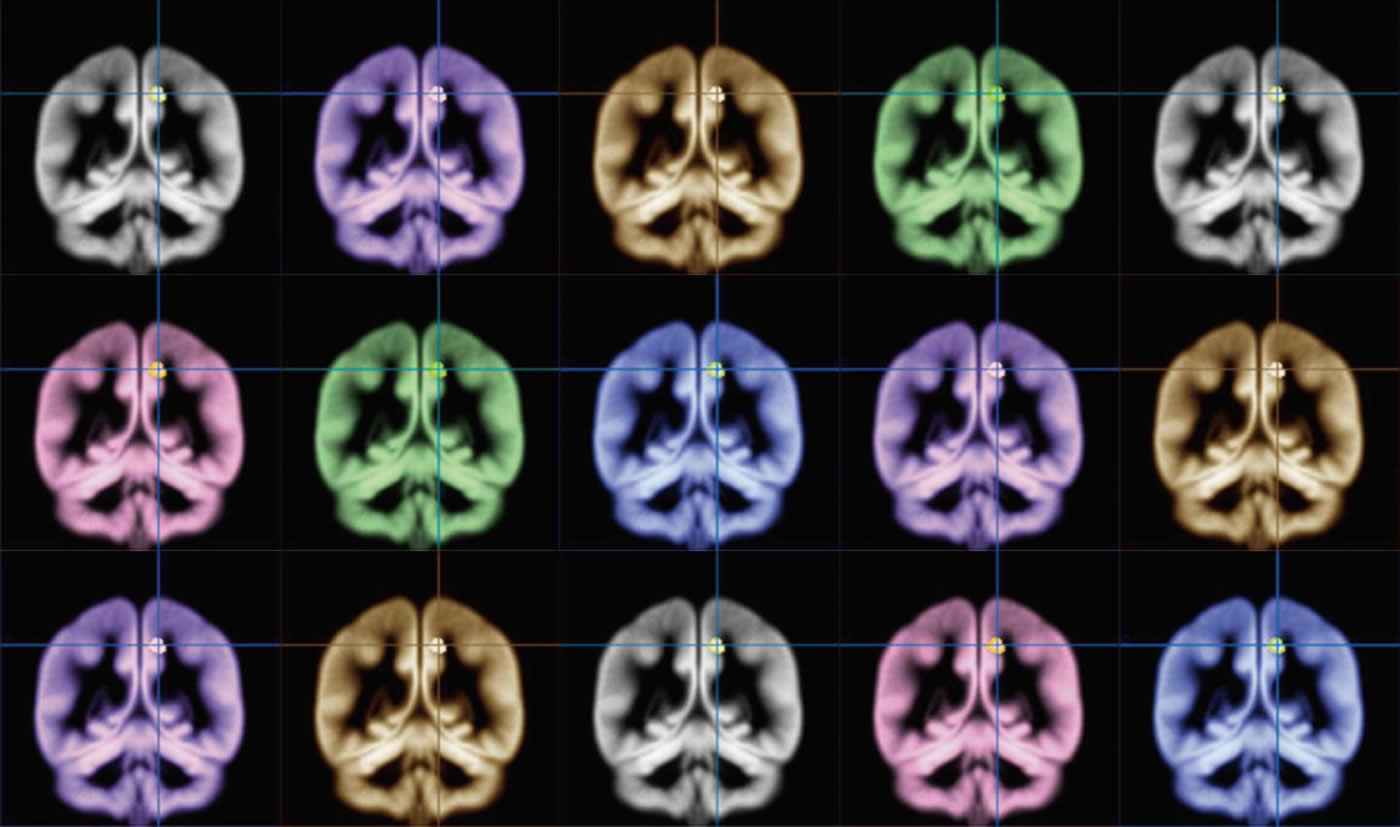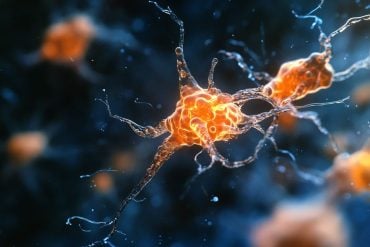Kyoto University researchers narrow in on the neural structures behind happiness.
Exercising, meditating, scouring self-help books… we go out of our way to be happy, but do we really know what happiness is?
Wataru Sato and his team at Kyoto University have found an answer from a neurological perspective. Overall happiness, according to their study, is a combination of happy emotions and satisfaction of life coming together in the precuneus, a region in the medial parietal lobe that becomes active when experiencing consciousness.
People feel emotions in different ways; for instance, some people feel happiness more intensely than others when they receive compliments. Psychologists have found that emotional factors like these and satisfaction of life together constitutes the subjective experience of being “happy”. The neural mechanism behind how happiness emerges, however, remained unclear. Understanding that mechanism, according to Sato, will be a huge asset for quantifying levels of happiness objectively.
Sato and his team scanned the brains of research participants with MRI. The participants then took a survey that asked how happy they are generally, how intensely they feel emotions, and how satisfied they are with their lives.
Their analysis revealed that those who scored higher on the happiness surveys had more grey matter mass in the precuneus. In other words, people who feel happiness more intensely, feel sadness less intensely, and are more able to find meaning in life have a larger precuneus.
“Over history, many eminent scholars like Aristotle have contemplated what happiness is,” lead author Wataru Sato said. “I’m very happy that we now know more about what it means to be happy.”
So how does that help us? Sato is hopeful about the implications this has for happiness training.

“Several studies have shown that meditation increases grey matter mass in the precuneus. This new insight on where happiness happens in the brain will be useful for developing happiness programs based on scientific research,” he said.
Source: Anna Ikarashi – Kyoto University
Image Source: The image is credited to Kyoto University
Original Research: Full open access research for “The structural neural substrate of subjective happiness” by Wataru Sato, Takanori Kochiyama, Shota Uono, Yasutaka Kubota, Reiko Sawada, Sayaka Yoshimura and Motomi Toichi in Scientific Reports. Published online November 20 2015 doi:10.1038/srep16891
Abstract
The structural neural substrate of subjective happiness
Happiness is a subjective experience that is an ultimate goal for humans. Psychological studies have shown that subjective happiness can be measured reliably and consists of emotional and cognitive components. However, the neural substrates of subjective happiness remain unclear. To investigate this issue, we used structural magnetic resonance imaging and questionnaires that assessed subjective happiness, the intensity of positive and negative emotional experiences, and purpose in life. We found a positive relationship between the subjective happiness score and gray matter volume in the right precuneus. Moreover, the same region showed an association with the combined positive and negative emotional intensity and purpose in life scores. Our findings suggest that the precuneus mediates subjective happiness by integrating the emotional and cognitive components of happiness.
“The structural neural substrate of subjective happiness” by Wataru Sato, Takanori Kochiyama, Shota Uono, Yasutaka Kubota, Reiko Sawada, Sayaka Yoshimura and Motomi Toichi in Scientific Reports. Published online November 20 2015 doi:10.1038/srep16891







